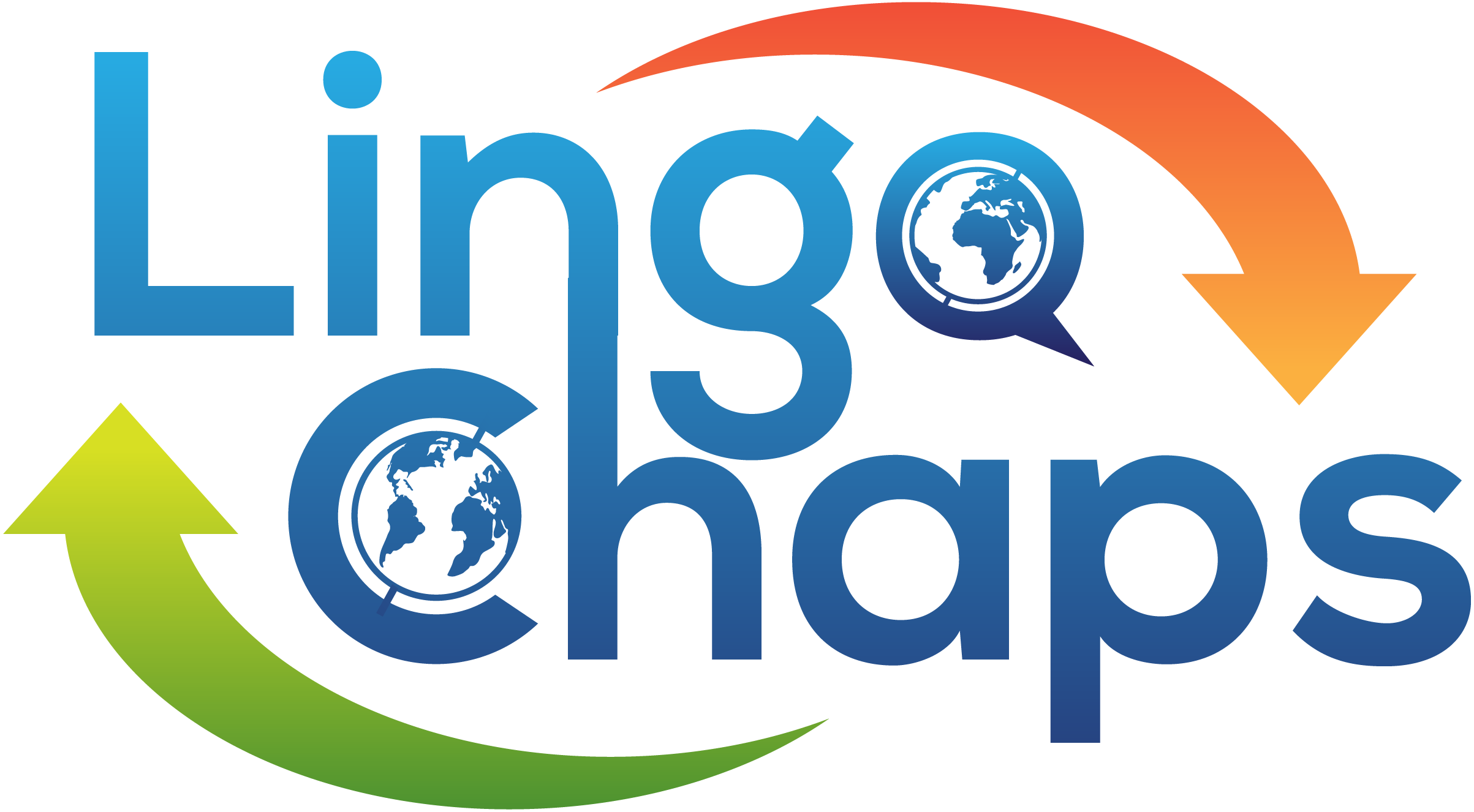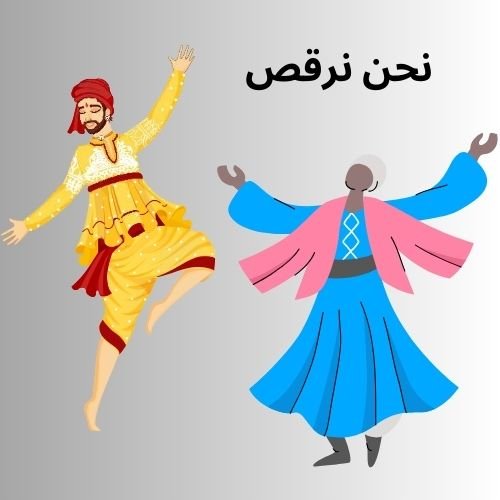Multilingual DTP
Multilingual DTP
What is Multilingual DTP?
Multilingual Desktop Publishing (DTP) is the process of adapting visual and textual content into multiple languages while preserving the original layout and design. It involves working with different character sets, fonts, and text directions (e.g., right-to-left for Arabic or Hebrew) to ensure that the translated material looks as professional and polished as the source version.
Unlike standard translation, multilingual DTP requires technical skills in layout design software like Adobe InDesign, QuarkXPress, or Microsoft Publisher to make sure that the translated content fits correctly and is visually appealing.
Why is Multilingual DTP Important?
When a company targets international audiences, the translated content must reflect the same quality and professionalism as the original material. Here’s why Multilingual DTP is essential:
- Consistent Branding Across Languages: DTP ensures that the brand’s visual identity remains intact, no matter the language or region.
- Improved User Experience: Proper formatting and layout make translated documents easier to read and understand, especially for marketing materials, manuals, or product guides.
- Enhanced Professionalism: When translated content fits seamlessly into its design, it demonstrates attention to detail, which is crucial for building credibility and trust in international markets.
The Role of DTP in Translation and Localization
DTP is often a final step in the translation and localization process. After a document has been translated into another language, the text might expand or shrink, depending on the language. For example, English content typically contracts when translated into Chinese but expands when translated into German. This can impact the layout, formatting, and even the placement of images and graphics.
Multilingual DTP specialists ensure that the translated text fits correctly within the design, considering factors such as:
- Line breaks
- Hyphenation rules
- Font compatibility for different character sets
- Alignment of text (especially for right-to-left languages)
- Adjustments to graphics or icons to ensure cultural appropriateness
Key Challenges in Multilingual DTP
Like any specialized field, multilingual DTP comes with its set of challenges. Here are some common issues that can arise:
1. Text Expansion and Contraction
As mentioned earlier, translated text can expand or contract depending on the target language. DTP professionals must anticipate these changes and adjust layouts accordingly. For instance, text boxes may need resizing, or additional pages may need to be added.
2. Font Compatibility
Not all fonts support every language, especially those with unique characters or scripts like Chinese, Japanese, Arabic, or Cyrillic. The DTP process involves selecting fonts that not only match the aesthetic of the original document but also support the required character set.
3. Right-to-Left Languages
Languages such as Arabic, Hebrew, and Farsi are written from right to left. Adapting a left-to-right layout for these languages can be challenging, as it often involves flipping entire page designs to ensure the flow and direction make sense for readers.
4. Maintaining Design Integrity Across Languages
Graphics, icons, and other visual elements may need to be adjusted for different cultural contexts. For example, certain symbols or colors may have different meanings in other cultures. DTP experts ensure these elements are appropriately localized without compromising the overall design.
Key Considerations for Multilingual DTP Projects
Before diving into a multilingual DTP project, it’s important to consider the following factors:
1. Content Preparation
Prepare content for translation with DTP in mind. This means ensuring that text is editable and not embedded into graphics or images. Editable text is much easier to work with during the DTP process.
2. Choose the Right Tools
Choosing the right desktop publishing software is crucial. Programs like Adobe InDesign, QuarkXPress, and FrameMaker are commonly used in DTP. These programs support complex layouts and a wide range of fonts, making them ideal for multilingual projects.
3. Collaboration with Translators
Close collaboration with translators is key in multilingual DTP. Translators can offer insights into text flow and provide suggestions for handling text expansion or contraction. Additionally, they can offer feedback on the visual aspects of the design to ensure it aligns with cultural expectations.
4. Quality Assurance and Testing
After the DTP process, it’s essential to thoroughly review the final product. This includes checking for text overflows, font inconsistencies, and layout issues. Language-specific proofreading ensures the final document is error-free and ready for publication.
Top Tools for Multilingual DTP
Here are some of the best tools for multilingual DTP:
- Adobe InDesign: One of the most popular DTP tools, it supports complex layouts and various language scripts.
- QuarkXPress: Ideal for professional publishing, this tool offers robust multilingual support.
- FrameMaker: Often used for long and complex documents like manuals and technical guides, it supports multiple languages and character sets.
- Microsoft Publisher: Suitable for simpler DTP projects, it’s user-friendly and supports multiple languages.
- MadCap Flare: Specializes in technical documentation and multilingual projects, offering great flexibility for complex layouts.
Multilingual DTP plays a crucial role in ensuring that translated content looks as professional and polished as the original material. Whether you’re expanding into international markets or creating multilingual marketing materials, working with a skilled DTP team is essential for maintaining the integrity of your brand’s visual identity across languages.
By carefully planning, selecting the right tools, and collaborating closely with translators, you can ensure a seamless DTP process that results in high-quality, multilingual documents that resonate with global audiences.


